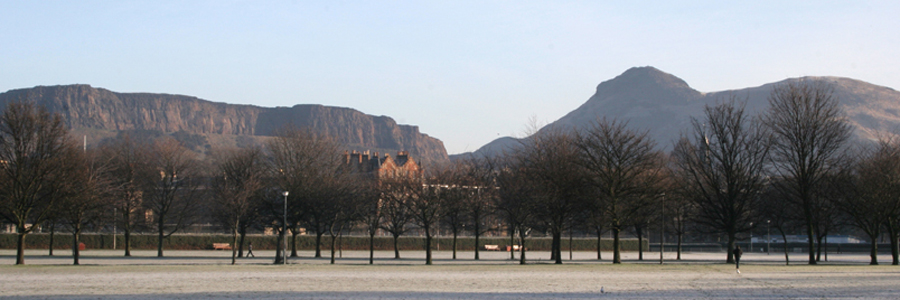Asian Clay Minerals Group Research in Progress (II) (part of Euroclay2015)
The Asian Clay Research Group was organized through the Nagoya and Seoul meeting in 2010 and 2012. We plan to hold the 3rd meeting in Guangzhou in 2016. Our first participation in The CMS meeting in College Station, Texas, USA (2014) was successful in terms of communicating/collaborating with other clay minerals groups. The purpose of this session, held as part of the Euroclay2015 meeting, is to bring active Asian clay scientists together and promote scientific communication and interaction with the international clay minerals community.














